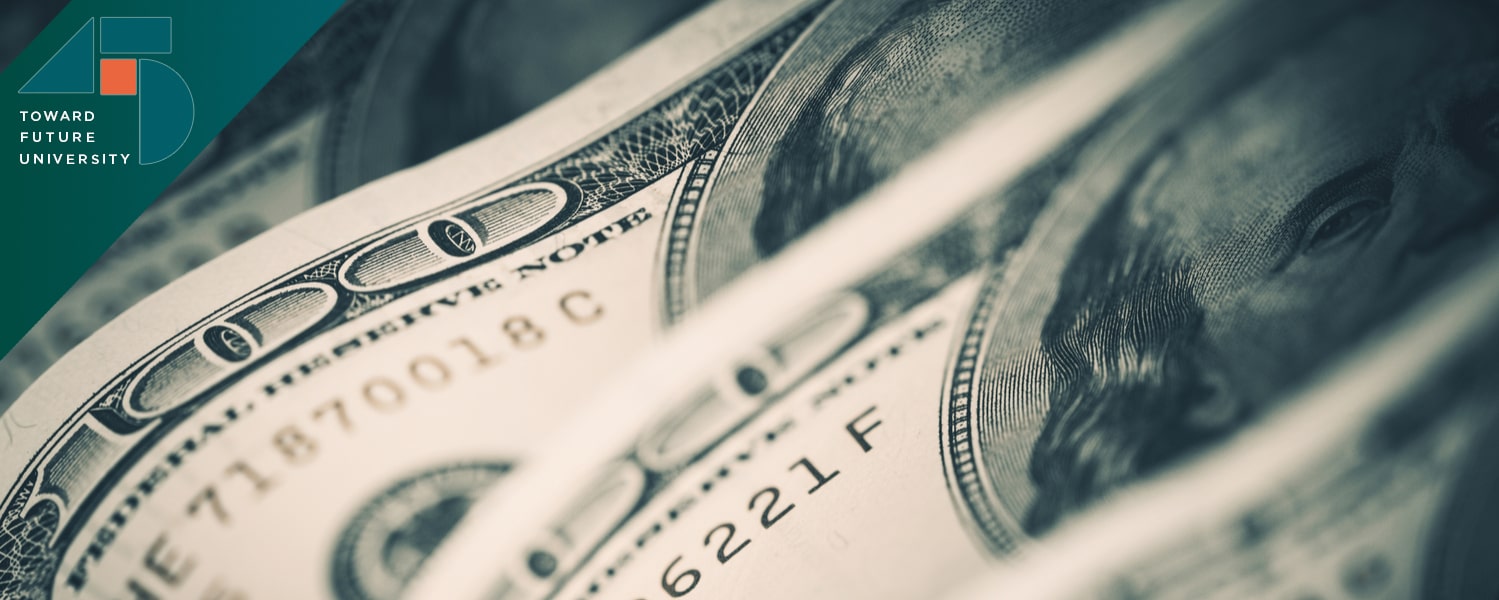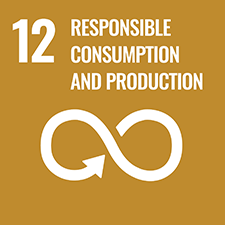
Scientific Conference: Bearish cycle of the US dollar?
01 Jun, 2021
[Saigon Investment] The inherent flaw of the Petrodollar system is similar to the intrinsic flaw of the Bretton Woods system that the US must maintain a persistent trade deficit, to provide enough USD for oil valuation and international trade. It can last for decades, but not forever. In the post-Covid context, the US has implemented four fiscal stimulus packages, with $3.1 trillion under Trump and a recent $1.9 trillion in Biden, and there will be more.
.jpg)
America's trade deficit since the introduction of the Petrodollar system. Source: Trading economics.
Enjoy vulnerability from the system
When most other countries face trade deficits, they have to devalue their currencies to an extent so that exports become more competitive and imports become more expensive.
However, as the Petrodollar system creates a persistently high international demand for the US dollar, the US trade deficit can never adjust and balance itself.
Trade deficits are perpetuated by the structure of the global monetary system, which creates permanent imbalances that eventually bring the system down after a sufficiently long time (Charlotte and Larry, 2003).
But it is also the US trade deficit that benefits many countries from the trade surplus. Japan ran a trade surplus throughout the 1980s and 1990s.
Germany also ran a trade surplus during the late 1990s and 2000s, especially when the introduction of the Euro caused Germany's trade surplus to increase.
In the late 2000s and 2010s, China also achieved a large trade surplus.
Countries with direct or indirect trade surpluses from the US have had the opportunity to internationalize their banknotes. Japan uses foreign exchange reserves from the US dollar to support the yen in joining the international payment list.
Meanwhile, Germany uses foreign exchange reserves from the US dollar to invest and lend to European countries. Thus, Germany became the most influential country in this bloc.
Today, China, after nearly 10 years of running a trade surplus, has used its foreign exchange reserves to lend to build the Silk Road.
The purpose of the countries when running trade surplus is to internationalize their currencies. The problem is, these coins are also based on the reserves derived from the USD.The USD is still the guaranteed currency for another currency to internationalize their currency, bringing that currency into the global monetary system.
.jpg)
Movements of the USD index against a basket of currencies participating in the global monetary system. Source: StockCharts.com
Undervalue the local currency
Another flaw in the Petrodollar system is that it encourages Mercantilism. It means that this monetary system incentivizes various trading partners to maximize exports while minimizing imports by manipulating their currencies to a weak enough level.
Due to countries' currencies with floating exchange rates, many countries try to keep their currencies weakened tohave a positive trade balance with the US and other trading partners.
Of course, they don't want their currency to be so weak that their citizens can't import goods, but they want their money to be weak enough so that their country's exports are competitive and imports are not strong, through which a trade surplus can be managed.
This allows a country to quickly build up its industrial production, accumulate USD and foreign exchange reserves. As the global reserve currency, the US has been essentially excluded from this option, with a persistent trade deficit.
Because the exchange rate has been freely floating since 1971 in the USD system, this currency can strengthen or weaken significantly against other currencies, and other currency pairs can be strengthened or weakened relative to each other.
The dollar has actually had two dramatic declines of up to 40% against a basket of other major currencies in the current monetary system. Still, this decline has not lost its status as a global reserve currency.
Being a US dollar depreciates in the Petrodollar system is not synonymous with the end of a monetary system. Figure 2 showed the USD index from the early 1970s when the Petrodollar system began. The chart is showing the 3 main cycles it has gone through and will go through.
Debts being pegged to USD
Another problem is that today's monetary system has tightened itself to the USD when about 40 trillion USD of debt is denominated in this currency. Non-U.S. governments and institutions also have $13 trillion in dollar debt and $42 trillion in dollar-denominated assets (data from the BIS, IMF, and US BEA).
These debts and assets have accumulated over decades as these countries run a trade surplus with the United States. Debts denominated in USD represent a stable demand for USD sources for payment.
As a result, if the economy suffers a downturn or global trade in the US dollar slows, there is a risk of a dollar shortage outside the US. This happened in March 2020 when the Covid-19 pandemic sharply reduced global trade and the drop in oil prices.
Thus, the dollar is backed by oil, trade, and dollar-denominated debt altogether, and it is a strongly reinforcing network effect.
When the dollar is stronger than that country's own currencies, it serves as a kind of quantitative tightening mechanism because the dollar-denominated debt owed by that country's residents will increase as a result of their assets and cash flows decreasing. It can be extremely severe during periods of economic downturn.
In contrast, when the USD is weak, it will act as a form of quantitative easing.
During periods of weak USD, there is usually a global economic boom, and countries worldwideincluding the US have a period of prosperity. If governments are smart, they start building large foreign exchange reserves with capital inflows in their own dollars.
During times of a strong dollar, the global economy typically slows down and countries are squeezed by dollar-denominated debt. Countries will buy little and even sell US treasuries to pay off their debt and serve their monetary policy.
Author: Dr. Dinh Thi Thu Hong and research team, School of Finance.
Source:
.jpg)









